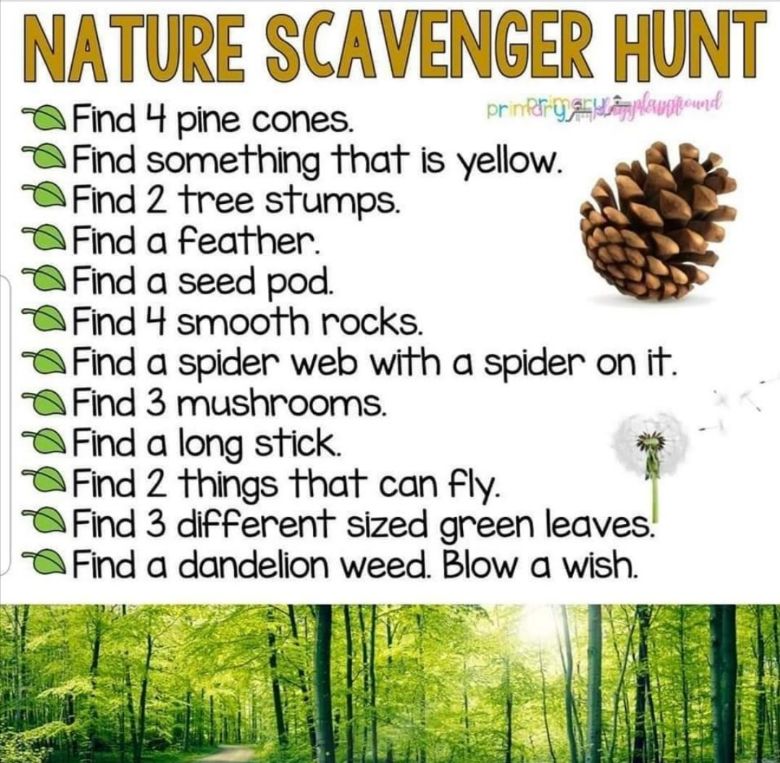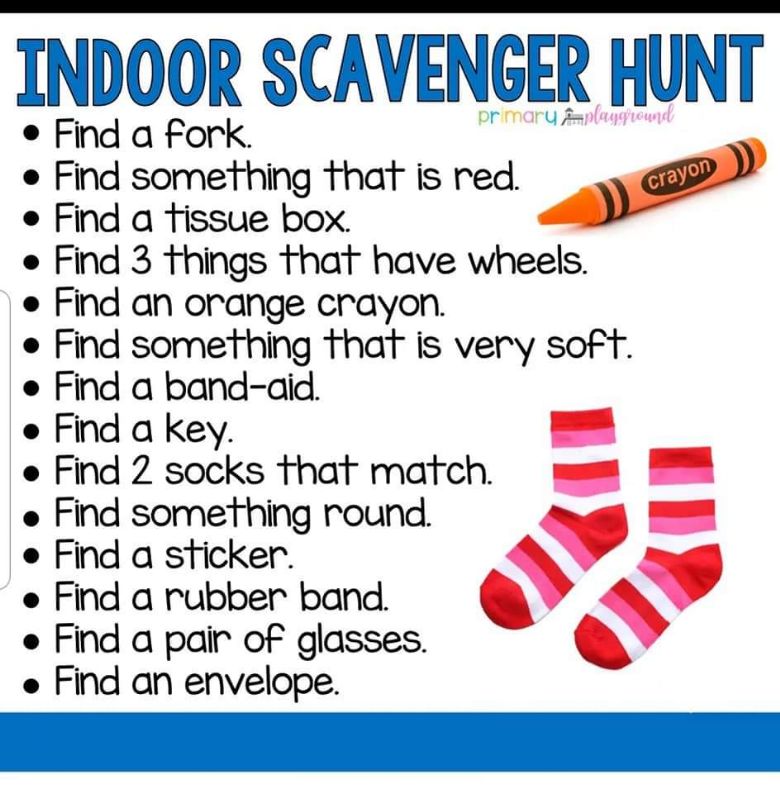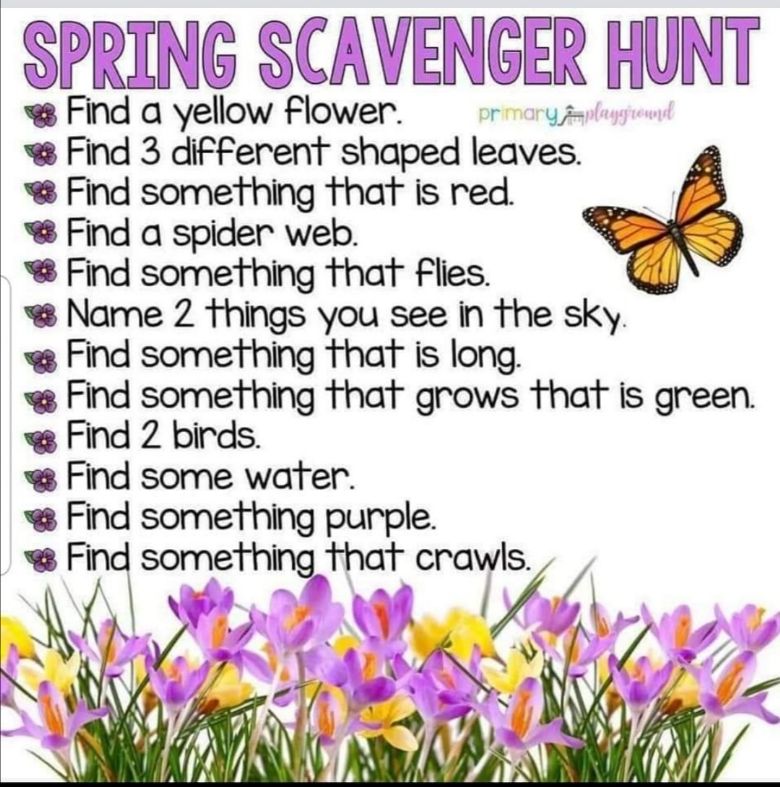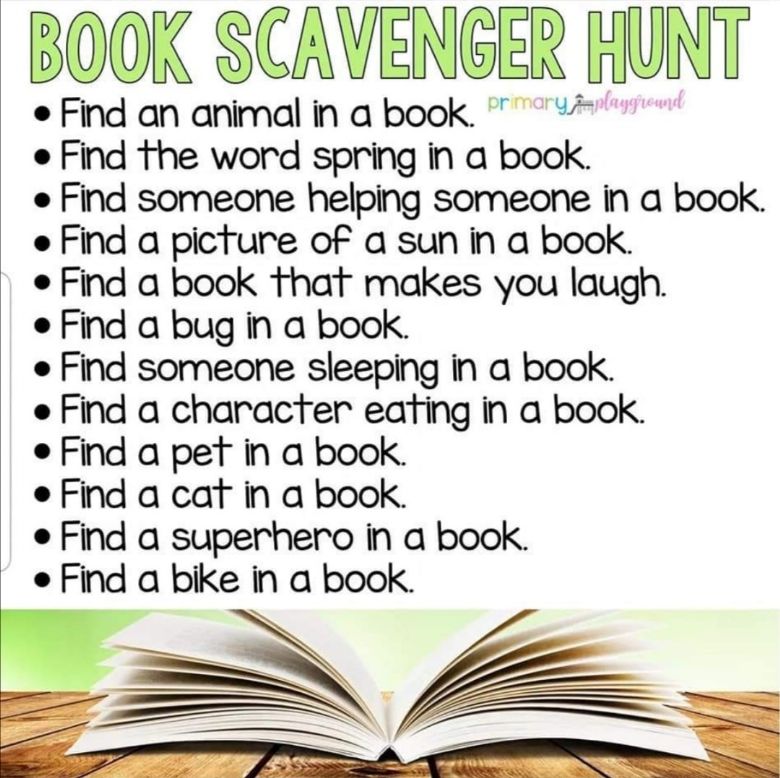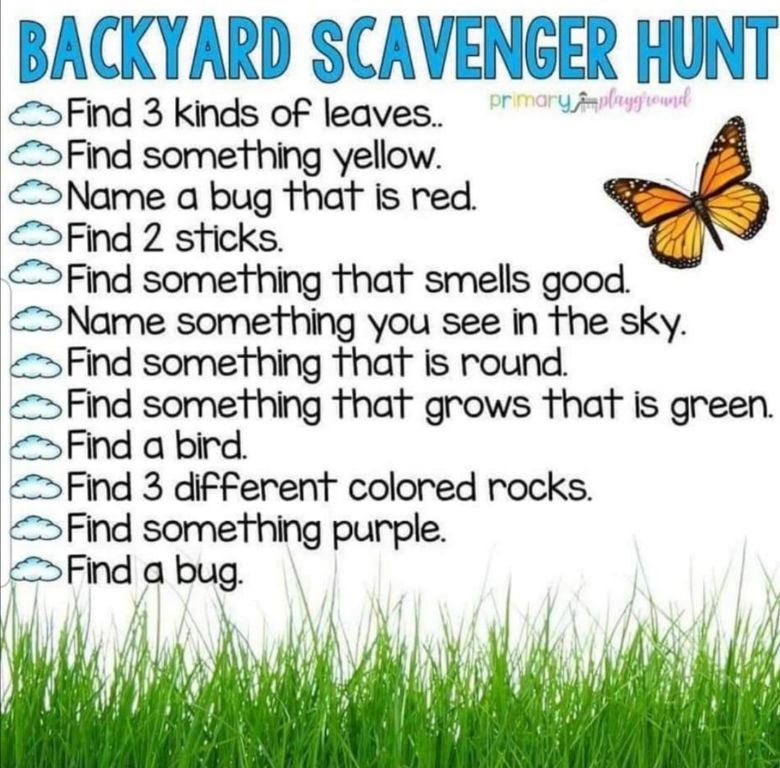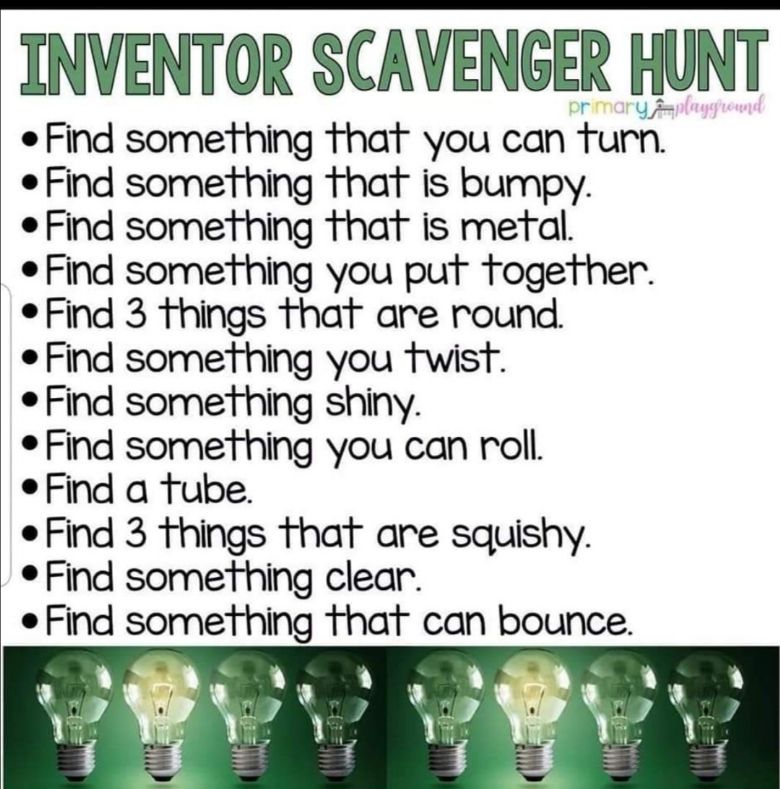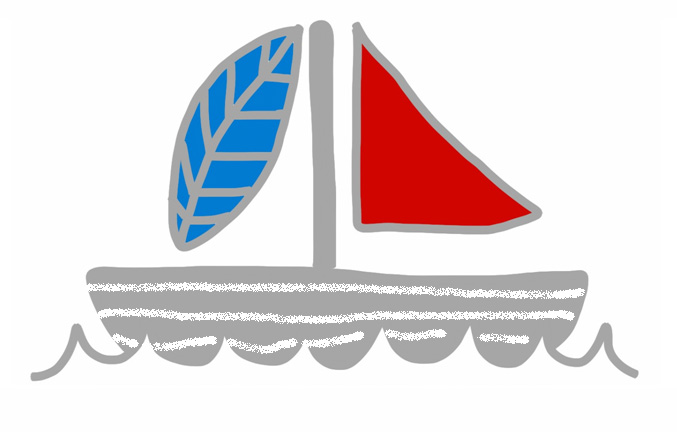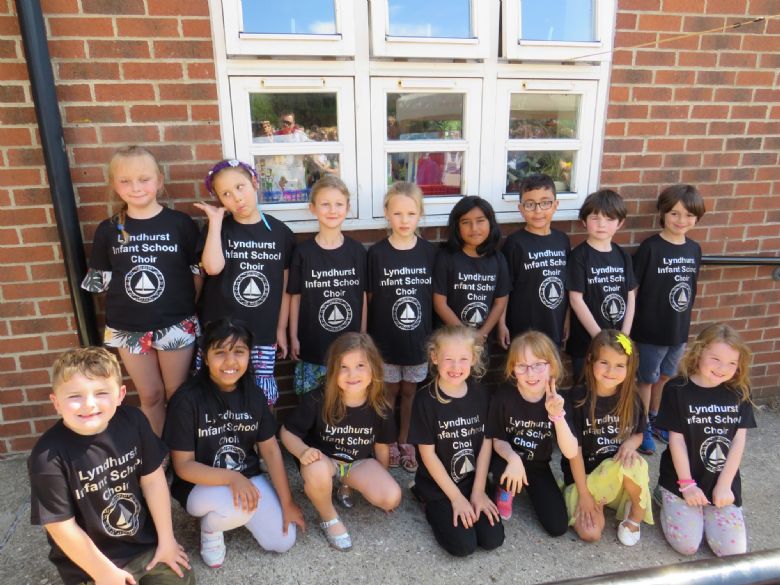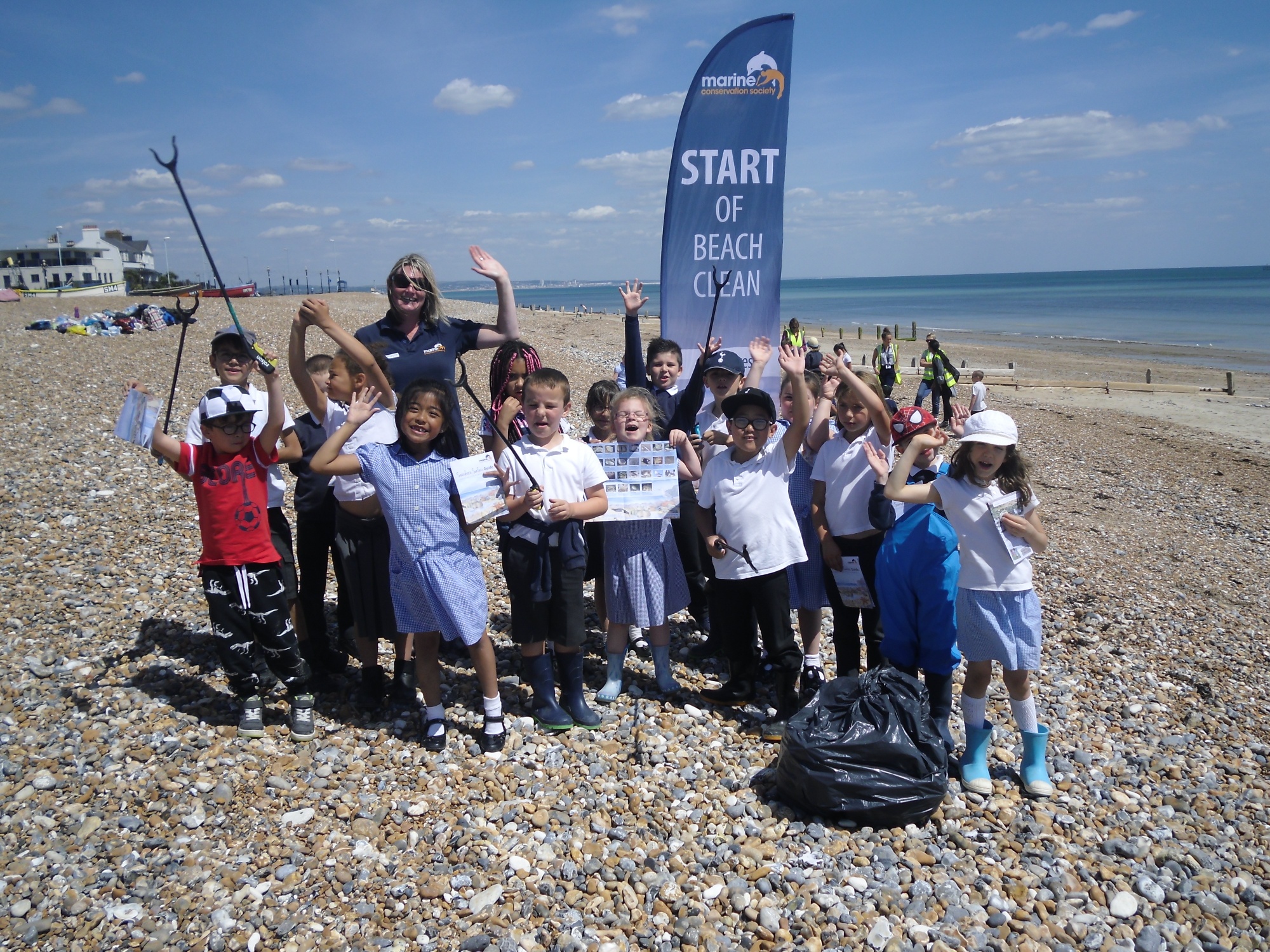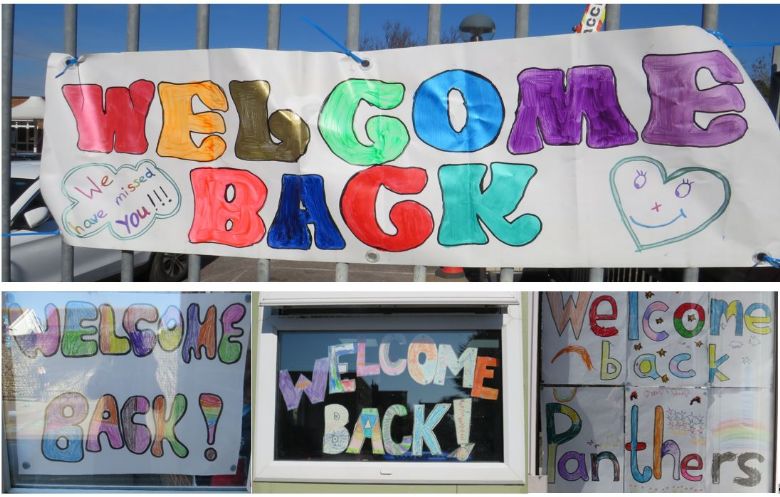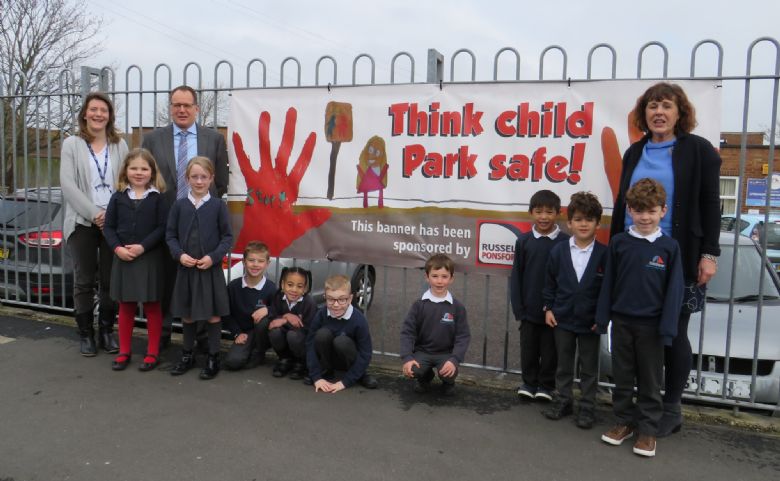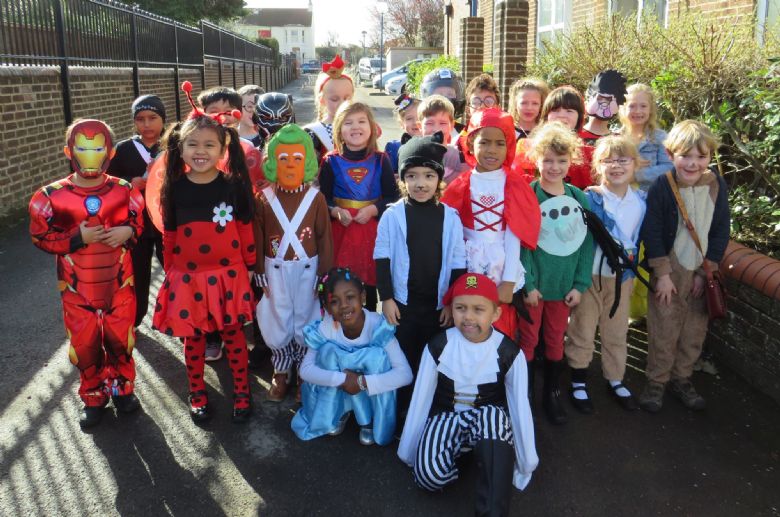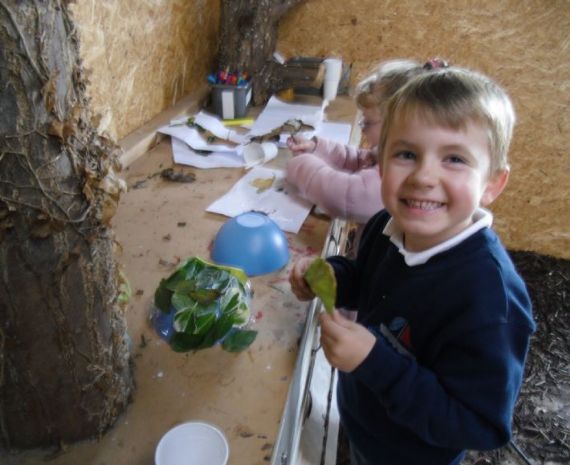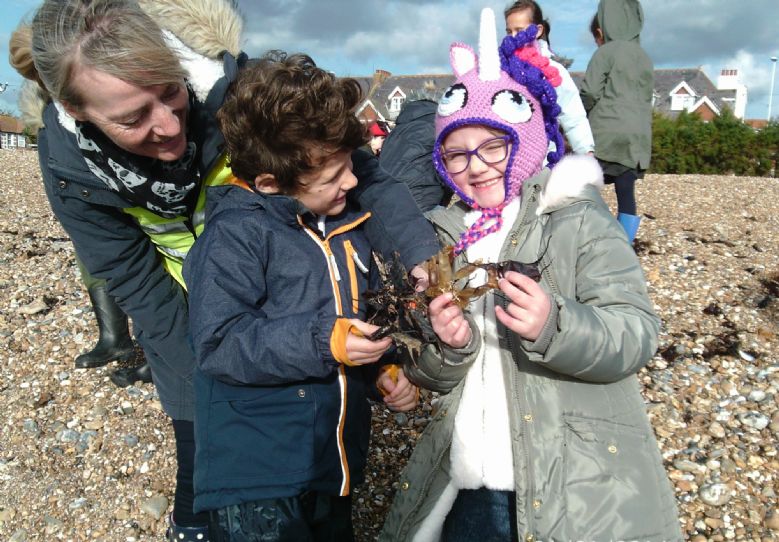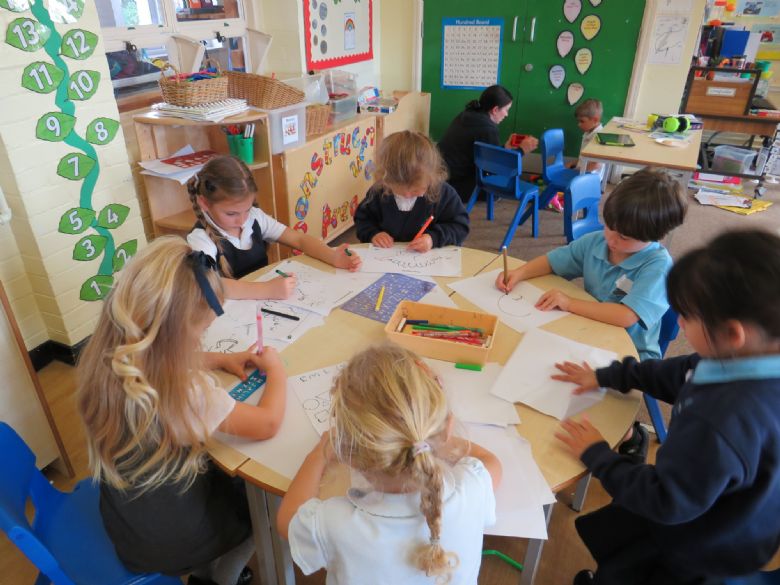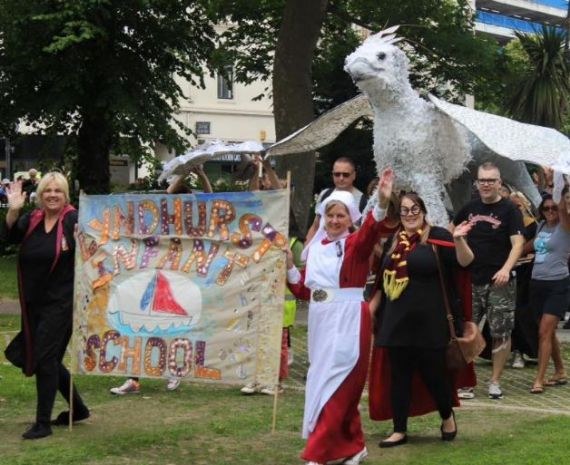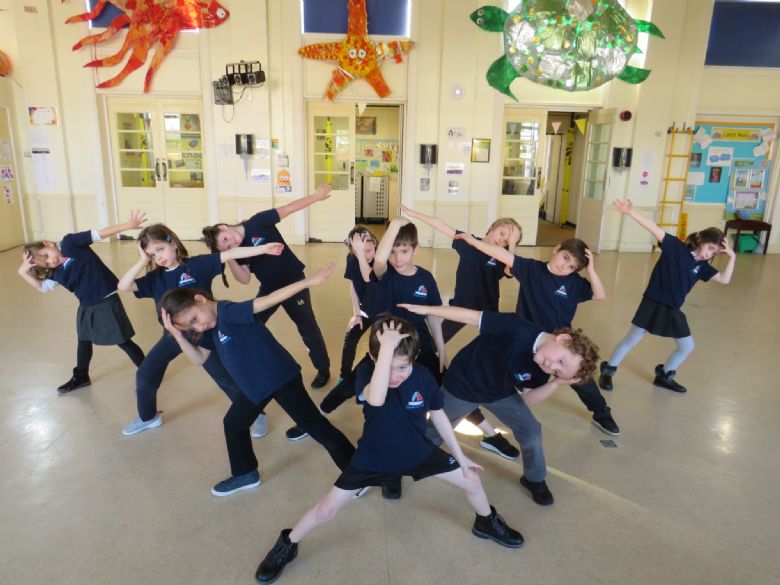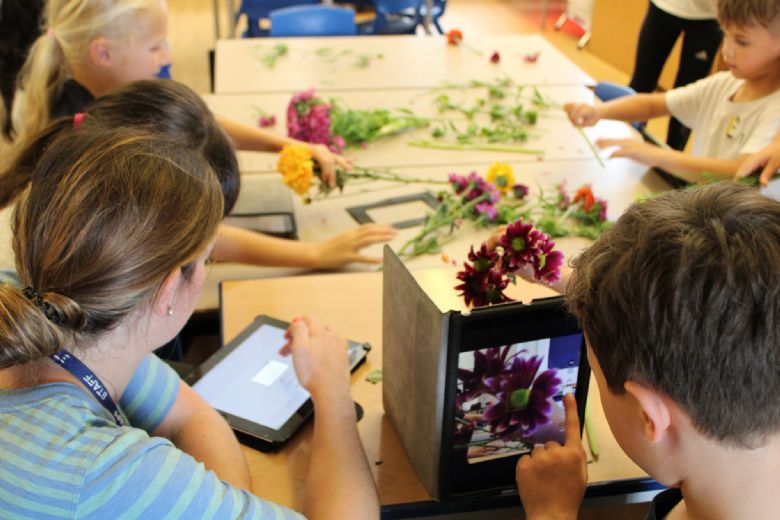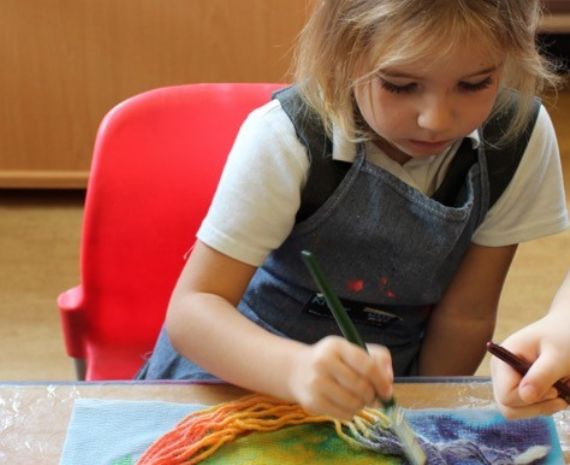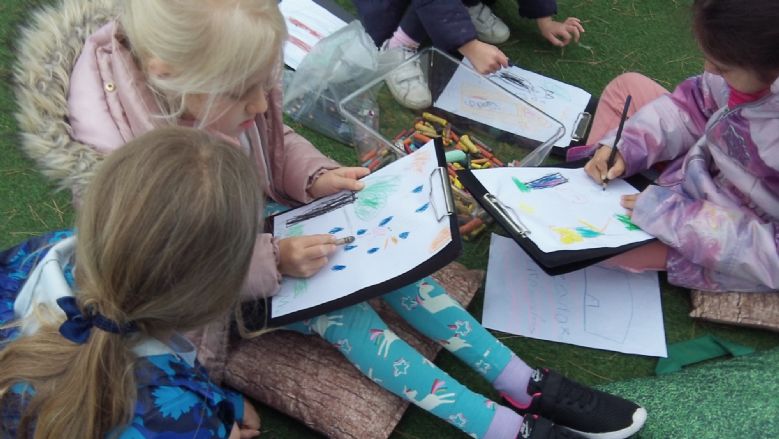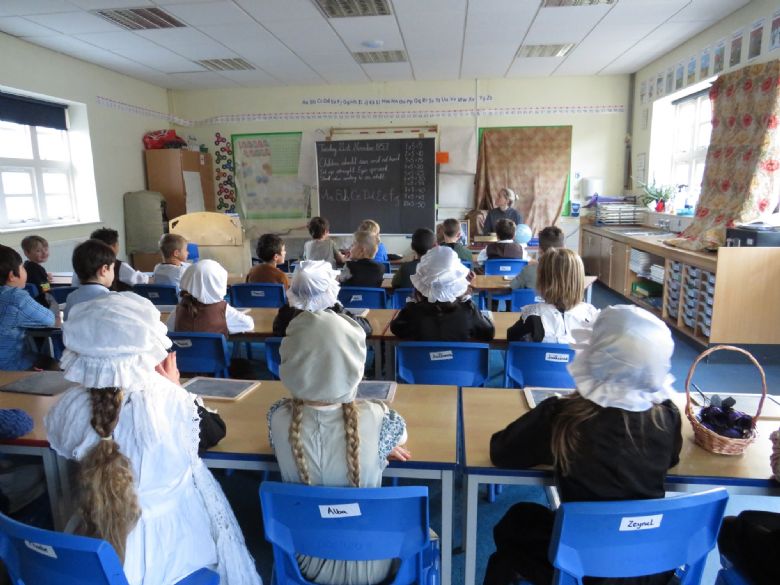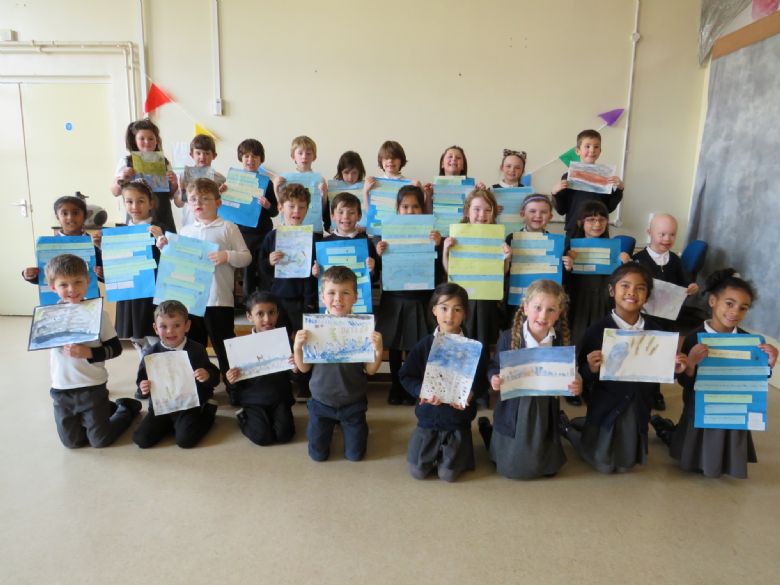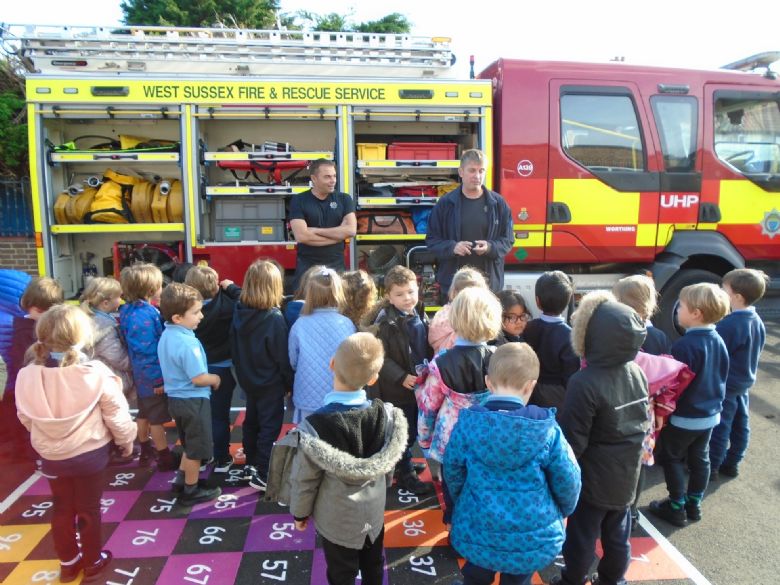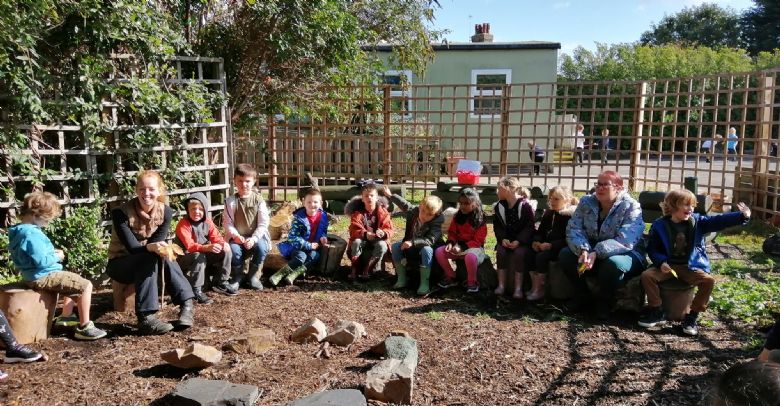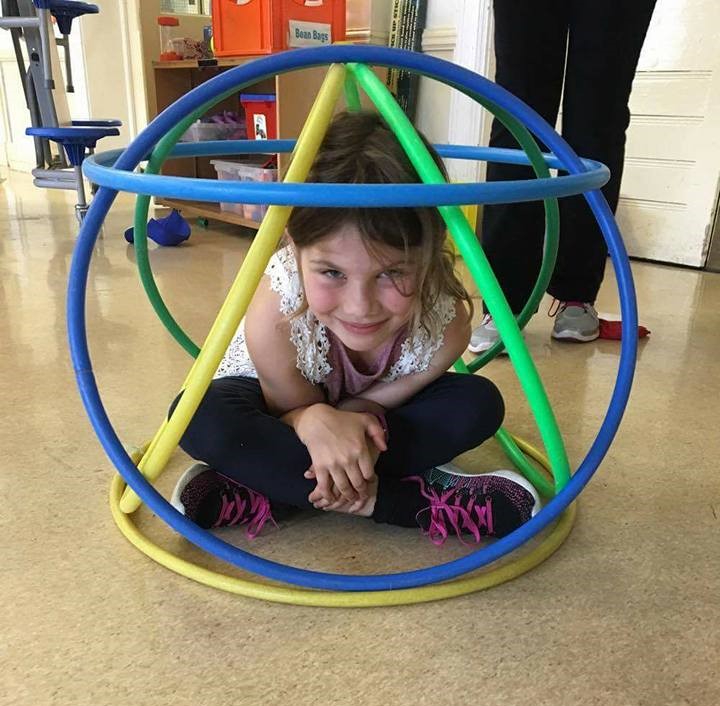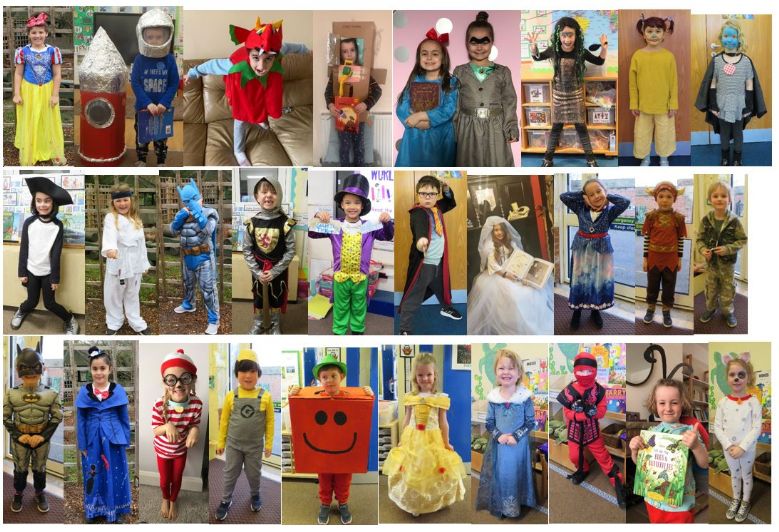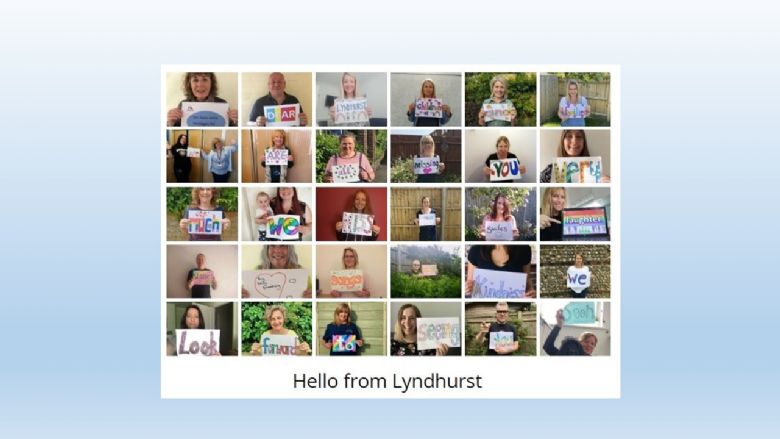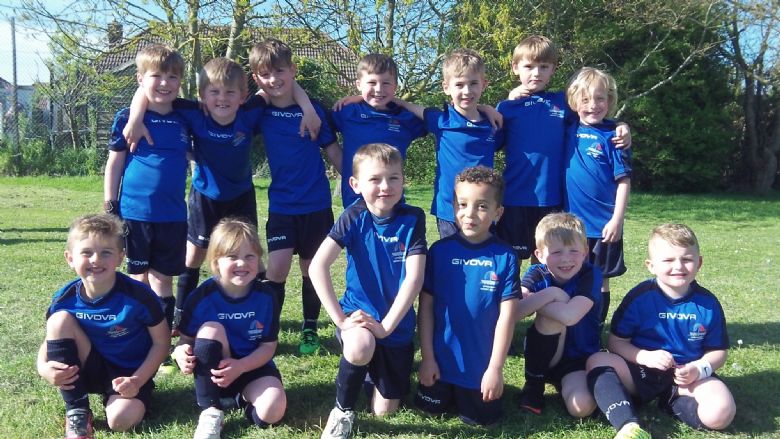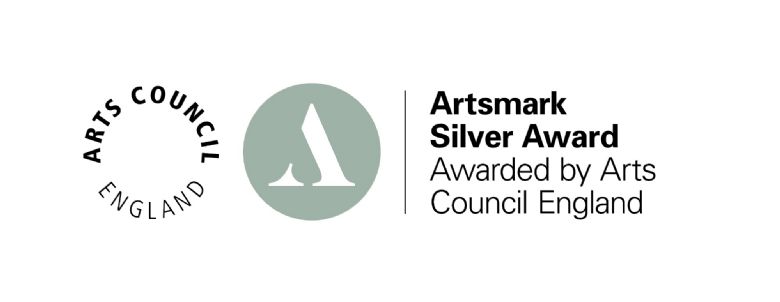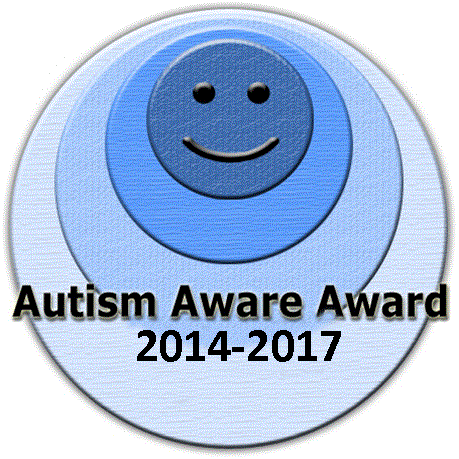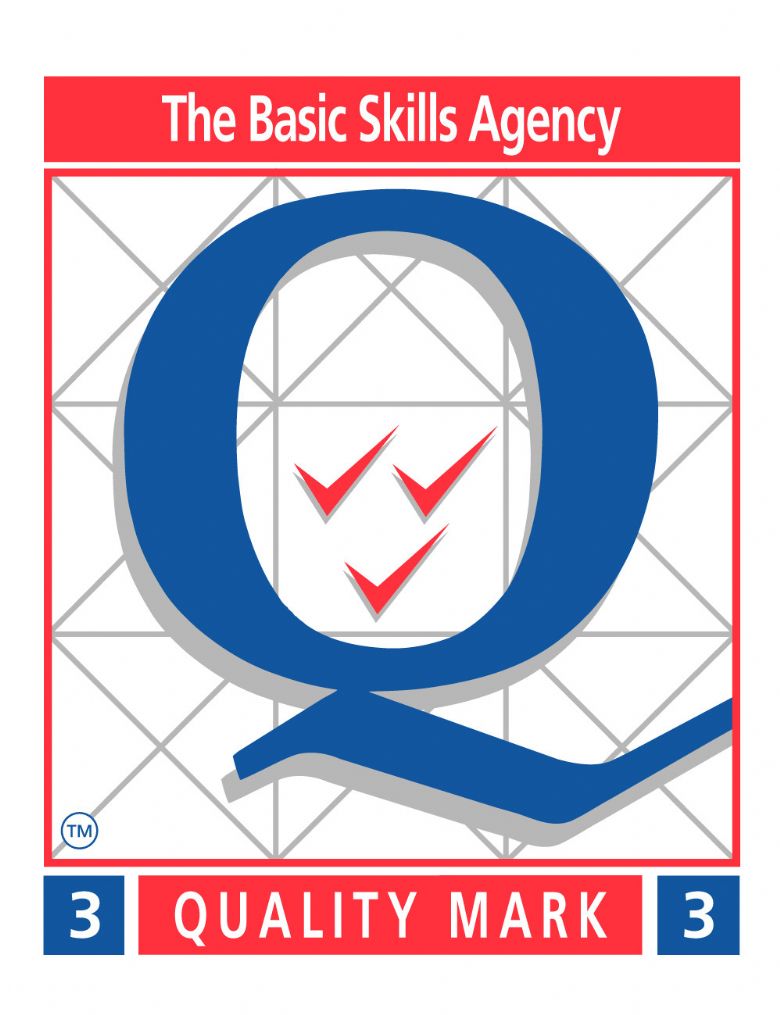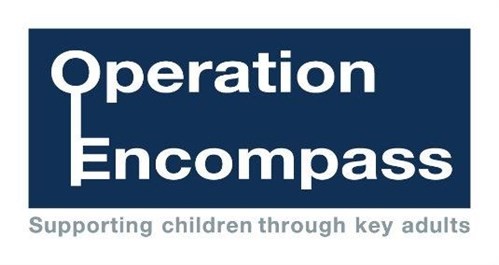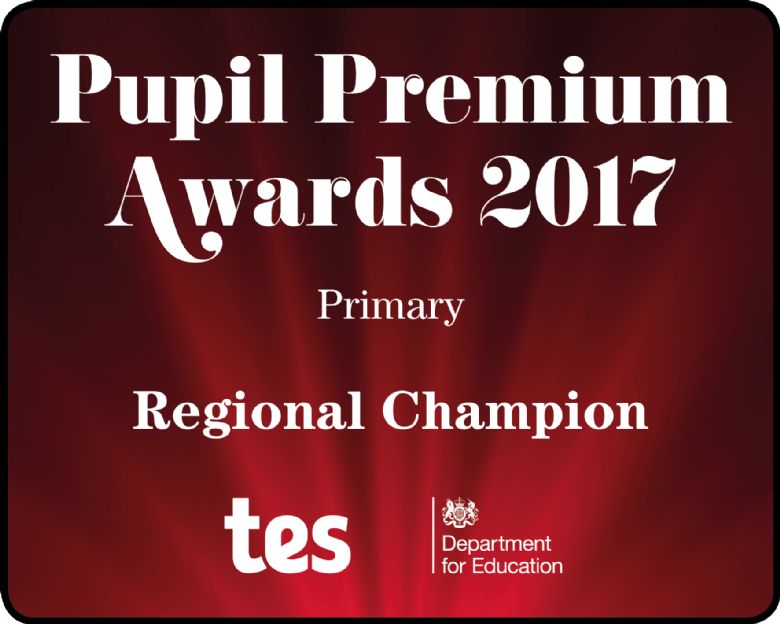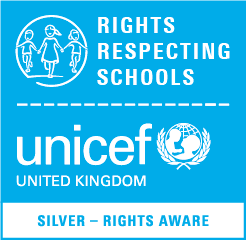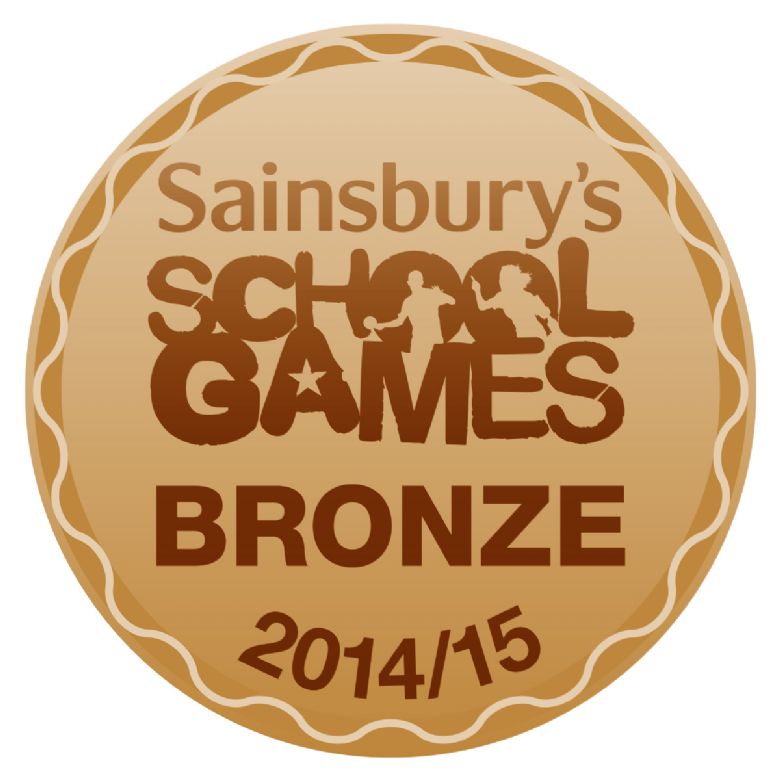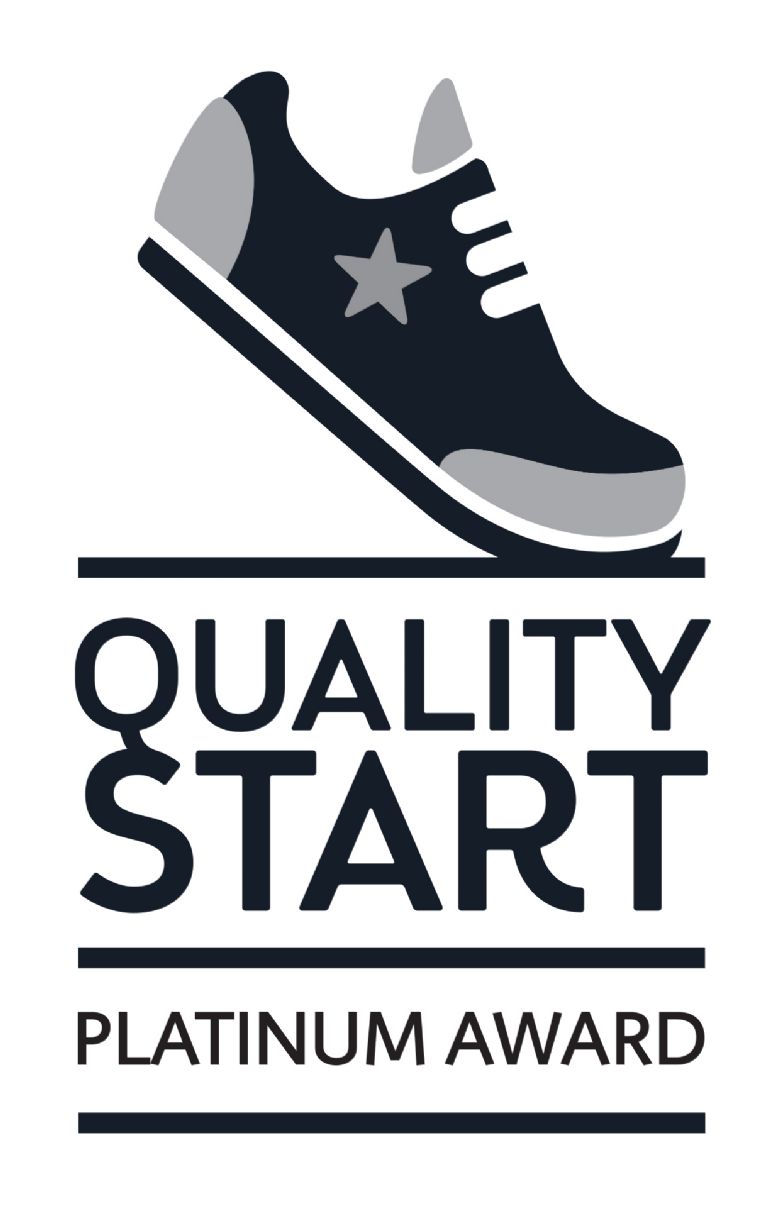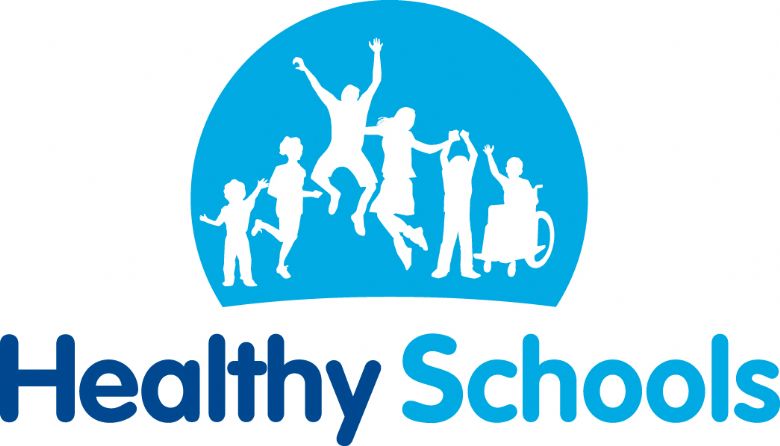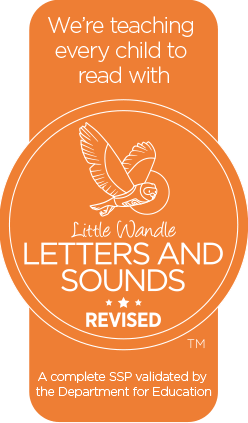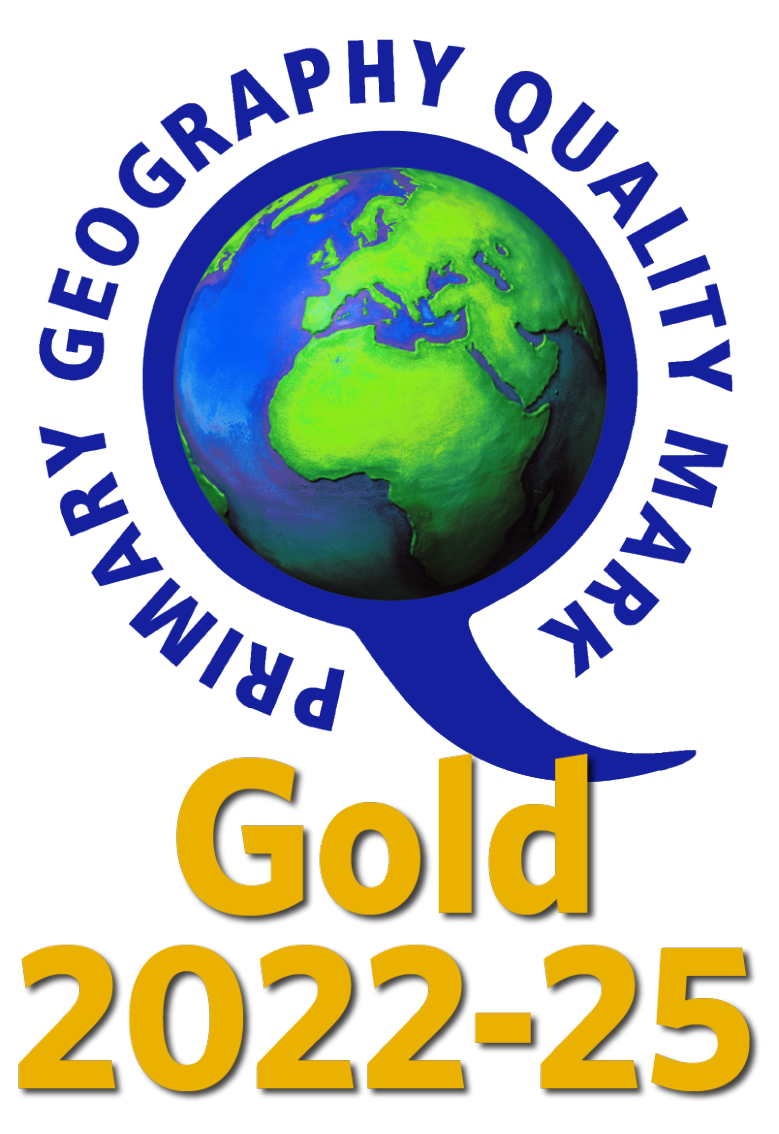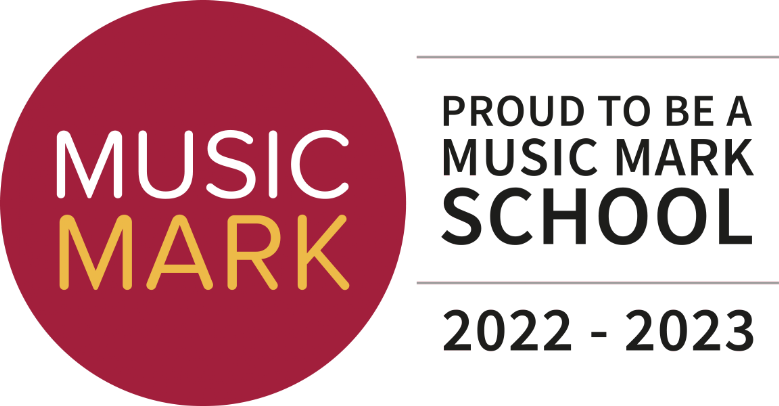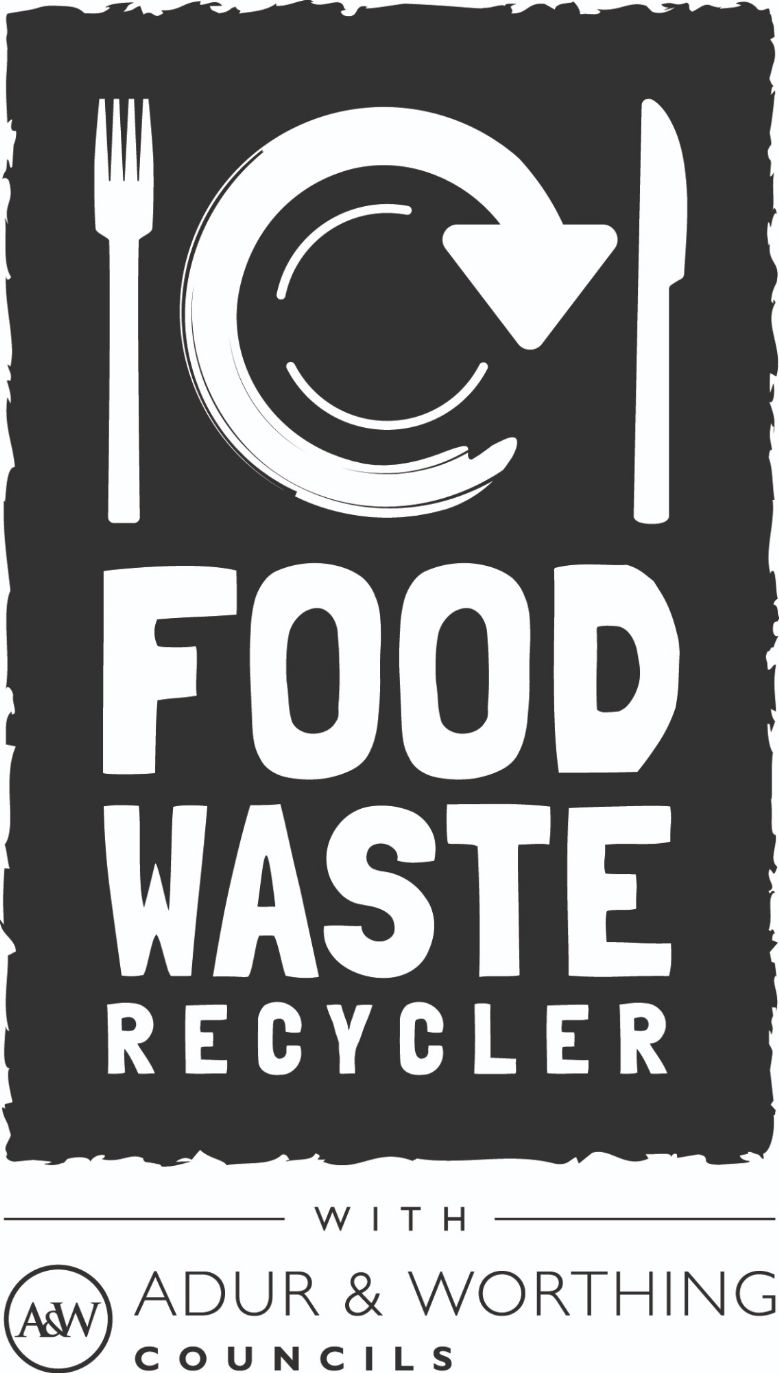Year 1 (KS1) End of Year Expectations
At the end of Year 1 there are standards that the children are expected to achieve in Reading, Writing and Mathematics. Below are some ideas of things that you could do to support your child at home in different subject areas;
READING
We are aiming for your child to be reading a Phase 5 Set 5 book by the end of Year 1 (the books progress through Phases 2 sets 1 - 5, Phase 3 sets 1 -2, Phase 4 sets 1 -2 and Phase 5 sets 1 -5). Children progress through these books as they apply their phonic skills as well as building up a sight vocabulary of key words, and being able to comprehend what they have read by answering simple questions.
To build up fluency; share books and listen to your child reading regularly at home. Make sure that when they are reading they are encouraged to read key words on sight, rather than trying to sound them out. The key words that a Year 1 child should be able to read on sight are attached below. You could make games using these words, the more often your child sees them the easier it will be for them to remember them (eg hiding them around the house to find and read, a matching game or using magnetic letters to spell them on the fridge. How about timing them to see how many of the key words they can read in a minute?). Don't be afraid to get your child to re-read a sentence or short page so that they can hear themselves reading fluently rather than from word to word.
To increase comprehension skills; ask your child simple questions whilst they are reading. These could be simple questions about what they have read (eg What colour is his jacket? Where were they going? What did the girl do? ) or questions that encourage your child to think about the actions of the characters (eg, Why do you think he did that? Where do you think she will look next? How do you think that character is feeling?)
WRITING
By the end of Year 1 your child should be able to sequence a series of sentences to form a short piece of writing. This should include the following technical writing features;
- capital letters and full stops for most sentences
- the use of words like 'and', 'but' and 'because' to join parts of sentences
- spaces between all words
- spell common exception words correctly (a list of these is attached below)
Perhaps your child could have a notebook and you could find everyday opportunities for writing for purpose. For example, keeping a diary, writing a shopping list, special occasion cards and letters, a supervised email to a family member.
You could also go over any previous spellings that have been sent home or check out the Literacy section of the school website for ideas to support your child in learning their spellings
MATHS
There are a number of key skills that your child should be able to do in mathematics by the end of Year 1. Many of these have been covered in the fortnightly maths homework tasks so these would be a great starting point for a set of activities that you could continue to work on at home.
The key skills you need to work on are as follows;
- understanding the place value of each digit in a 2-digit number (eg know that there are 4 tens and 7 units in 47). Your child could write a list of numbers that have 6 tens or 3 units. You could spot numbers in the house or outside (car number plates/buses) and get you child to say how many tens and how many units the number has.
- be able to add and subtract a 2-digit number and ones (eg 35 + 4, 82 + 6, 76 - 3, 59 - 5...) and a 2-digit number and tens (eg 56 + 10, 27 + 20, 64 - 30, 91 - 10...). Write some calculations for your child to solve and record them in a notebook. Pick a 2-digit number, can your child add on 10 or take away 10 from it?
- be able to count in 2's up to 20, 5's up to 50 and 10's up to 100. Write the numbers of the sequences on scraps of paper for your child to order and count (eg write 2, 4, 6, 8.... up to 20). If you remove one can they spot which number has been taken away? If you swap two numbers around can they spot what you changed?
- recognise and name 2D and 3D shapes. Your child should be able to use the following vocabulary to name and describe 2D (flat) shapes: square, circle, triangle, rectangle, hexagon, sides, corners. they should also be able to use the following vocabulary to name and describe 3D (solid) shapes: cube, sphere, cone, cylinder, cuboid, edges, faces and vertices. Perhaps you could go on a shape hunt around the house, find a shape, name it and say one thing about it (eg a ball is a sphere and has 0 edges).
